ParaZero has announced its newest drone safety system for the DJI M4, the SafeAir M4, featuring a significant redesign that incorporates automotive airbag technology for faster and more reliable deployment. According to ParaZero, the system represents their latest advancement in drone safety technology after “over a decade since our first SafeAir System.”
Advanced Deployment Mechanism Enhances Drone Recovery Chances
The SafeAir M4’s most notable innovation is its airbag-based deployment mechanism. According to the ParaZero’s announcement, this “new advanced airbag-based deployment” provides “unmatched performance” and “dramatically reduces deployment speed, minimizing potential damage to both the drone and surroundings.” This faster activation is critical in emergency situations where every fraction of a second can determine whether a drone survives a failure or crashes.

The system features what ParaZero calls “triple sensor redundancy”—described as “aviation-grade safety for EVERYONE.” This technology brings “aircraft-grade reliability to commercial and enterprise drones” by “ensuring continuous monitoring and fail-safe activation.” The redundant sensors help maintain system integrity even if individual components fail.
The system is described as having a “cutting-edge deployment mechanism utilizing automotive airbag technology” that “ensures faster, more reliable parachute activation” and “dramatically reduces deployment speed, minimizing potential damage to both the drone and surroundings.”
Modular Design Eliminates Operational Downtime
One of the most practical innovations in the M4 is its modular parachute capsule design. ParaZero highlights “zero downtime with interchangeable parachute capsules,” describing it as “an innovative modular parachute capsule system, allowing operators to quickly replace deployed parachutes without any downtime.”
This feature directly addresses a major pain point for commercial drone operators who face costly delays after parachute deployments. As ParaZero notes, “this design ensures continuous operations for professionals who rely on drones for critical missions,” keeping revenue-generating operations running with minimal interruption.

Integration and Installation Streamlined for DJI Compatibility
The manufacturer has clearly focused on ease of use with the M4, promoting a “plug-and-play first installation in under 2 minutes”. The system is designed as a solution that doesn’t require opening the drone, with an “integrated” Flight Termination System (FTS) “without the need to open the drone to install it.”
The product documentation also specifically mentions that the M4’s “compact and storable” form factor “fits in the original DJI pelican case”—a practical consideration for field operations that makes “transport and storage effortless and saving time in real-world usage.”
Regulatory Compliance a Major Selling Point
The SafeAir M4 comes with impressive regulatory credentials, specified as “fully compliant with ASTM F3322-22 and Category 2 OOP Without a Waiver” thanks to its “Declaration of Compliance (DOC).” This built-in compliance could be particularly valuable for commercial operators who struggle with the complexities of regulatory permissions.
For European operators, the system is marketed with “C5 + C6 Classification for European Market,” making it “fully approved for operations under the European drone regulations” and “an essential safety system for operators working in EASA-regulated airspace.” These certifications, along with “MOC 2511 + 2512 Certified for Regulatory Compliance,” position the M4 as a solution for operators working in multiple regulatory environments.

Connected Features Enhance Operational Awareness
The system incorporates several connectivity features, including Bluetooth and Wi-Fi for over-the-air firmware updates. It also features built-in GPS for precise location tracking after deployment—helpful for recovering drones that have drifted during descent.
A practical addition is the integrated buzzer for drone recovery, which helps locate aircraft that may have landed in tall grass or other visually challenging environments.
The M4 also includes a remote control telemetry display showing critical system data including deployment status and battery levels. ParaZero claims the remote control offers over four hours of battery life for extended operations.
Future Updates Already Planned
Looking ahead, ParaZero indicates that custom geo-fencing capabilities will be added in a future update, allowing operators to define safe zones and restricted areas. The company has also developed a new web app for device management, diagnostics, and configuration.
DroneXL’s Take
The SafeAir M4 represents a significant advancement in drone parachute technology, particularly with its automotive airbag deployment system and modular design. While parachute systems have been available for years, the focus on reducing deployment time addresses a critical vulnerability in drone operations—the often extremely small window between failure detection and ground impact.
The regulatory approvals are perhaps the most compelling aspect for commercial operators. With the FAA and EASA increasingly scrutinizing commercial drone operations, having a system that comes pre-approved for Operations Over People without waivers could substantially streamline permissions for service providers.
However, ParaZero hasn’t disclosed pricing in their announcement, which will be a crucial factor for adoption. Previous drone parachute systems have often been expensive enough to deter all but the most safety-conscious or regulatory-bound operators. If the M4 maintains similar pricing to previous models, it may still primarily appeal to enterprise and industrial users rather than prosumers.
The company’s decade of experience in drone safety systems lends credibility to their claims, but as with any safety equipment, real-world performance data will be the ultimate test. We look forward to seeing independent verification of the deployment speed and reliability improvements promised by the new airbag technology.
For commercial drone operators operating in sensitive environments or under strict regulatory requirements, the SafeAir M4 appears to offer meaningful advancements that could justify an upgrade from previous safety systems—particularly for those who have experienced the operational disruption of recovering from a parachute deployment.
Discover more from DroneXL.co
Subscribe to get the latest posts sent to your email.
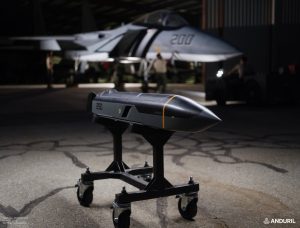
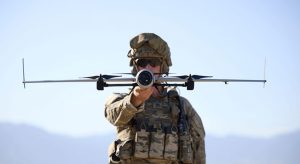
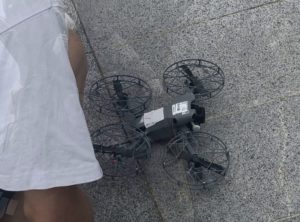


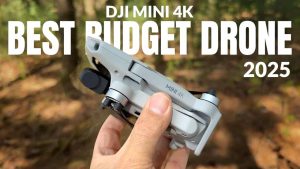

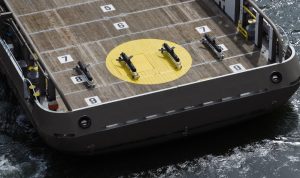
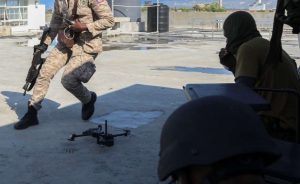
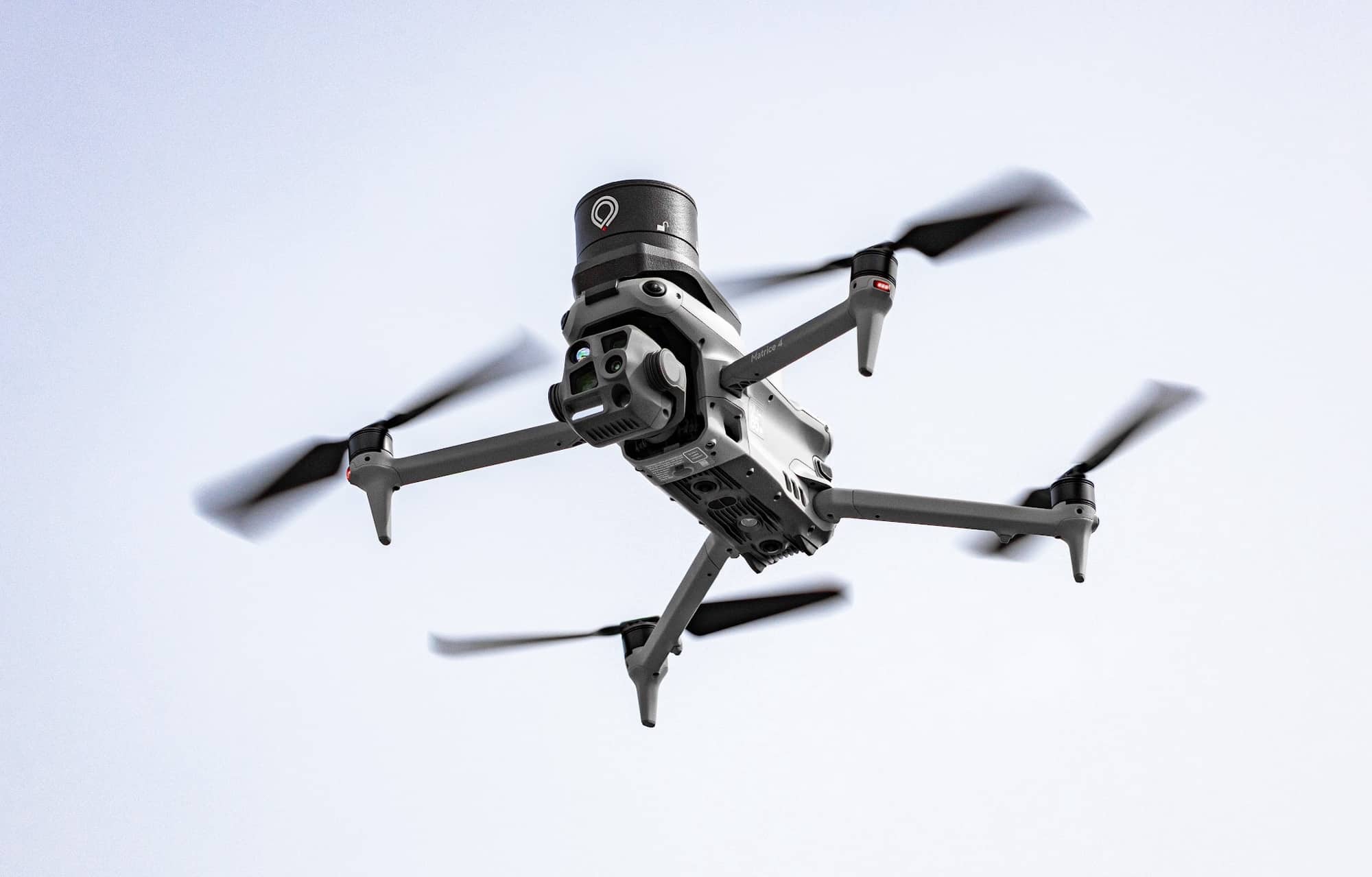
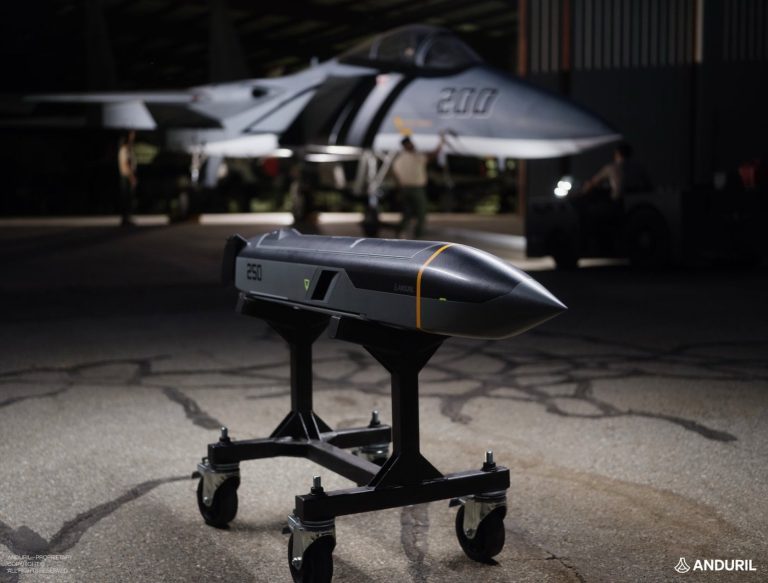
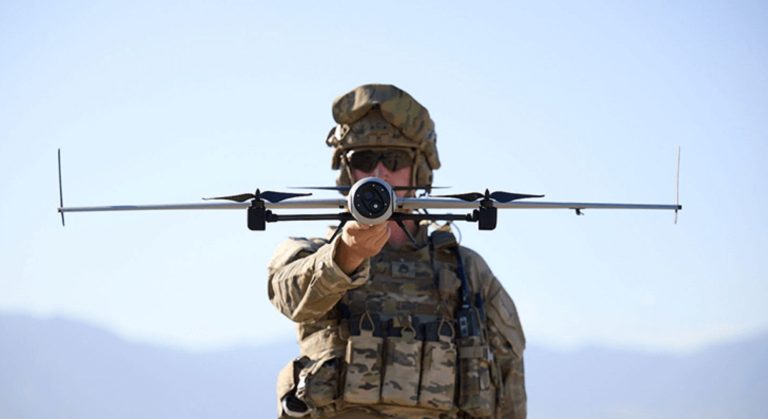
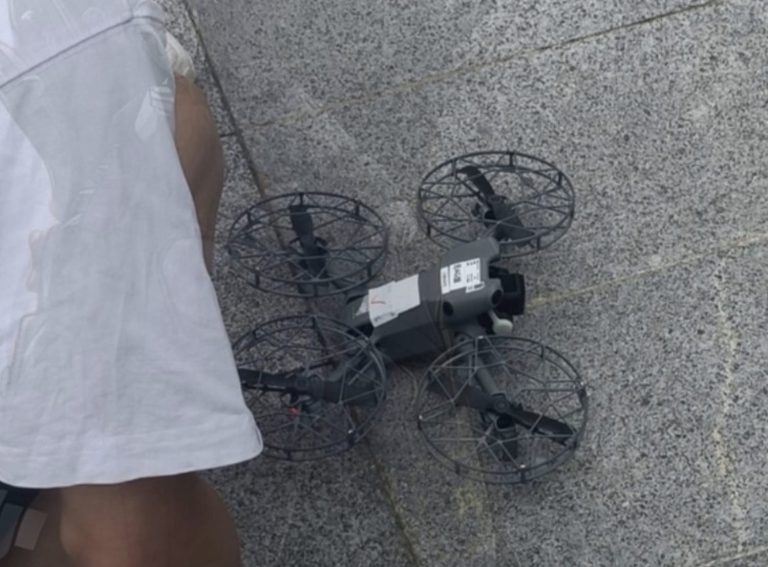

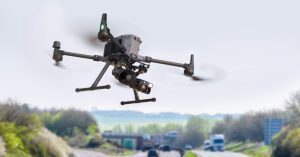
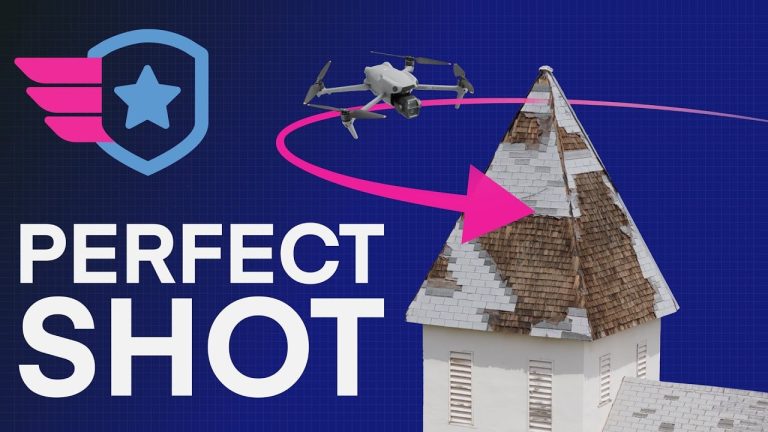
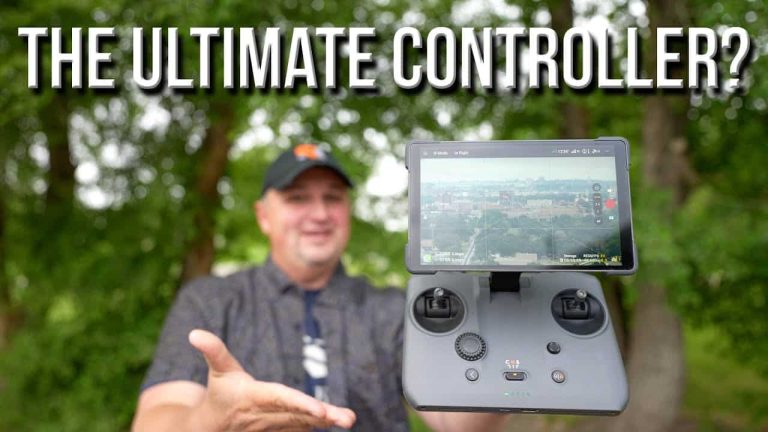
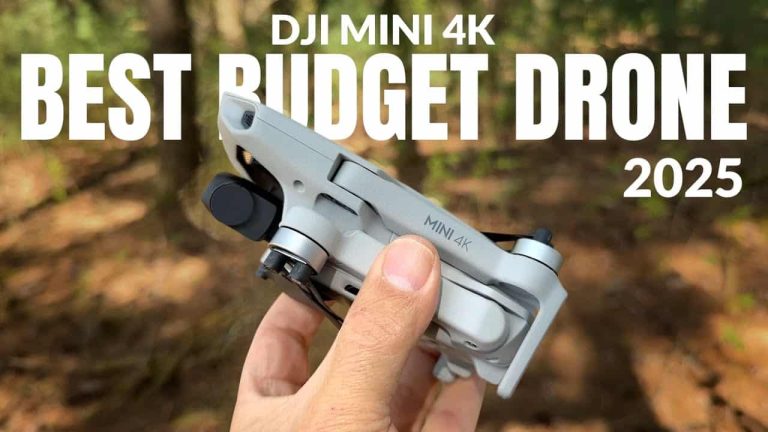

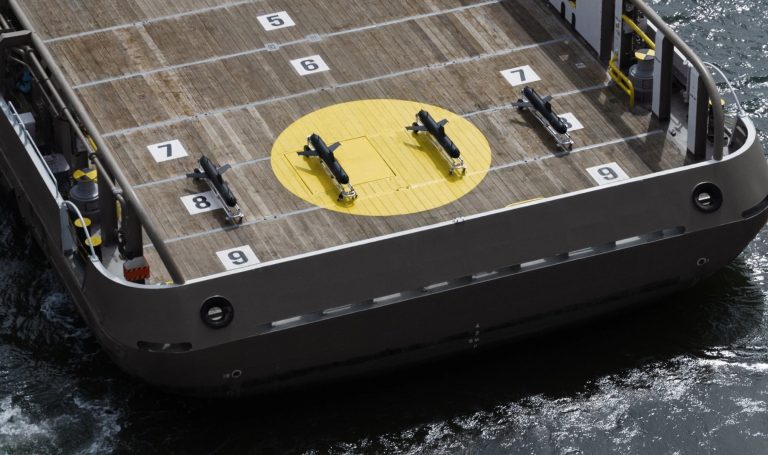
+ There are no comments
Add yours